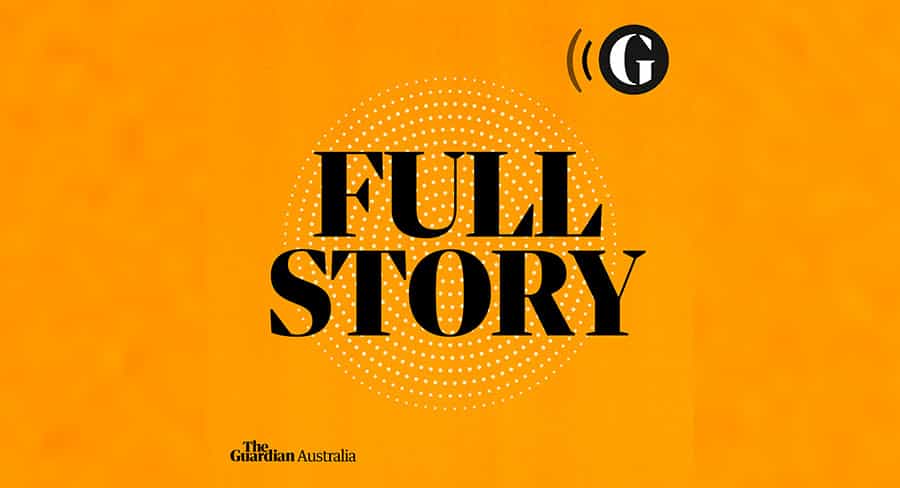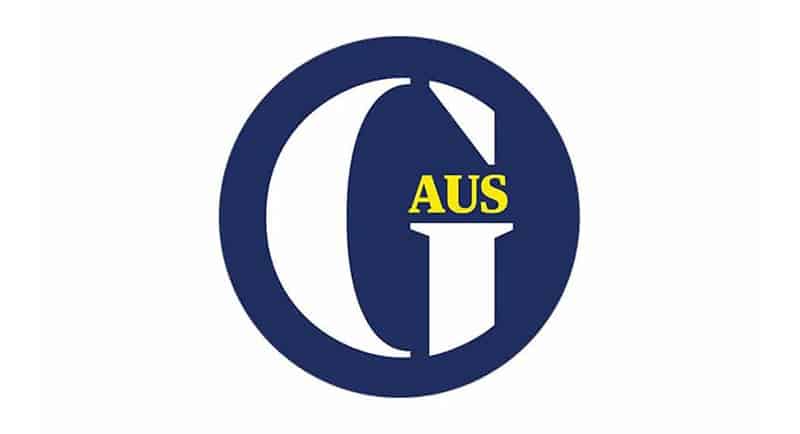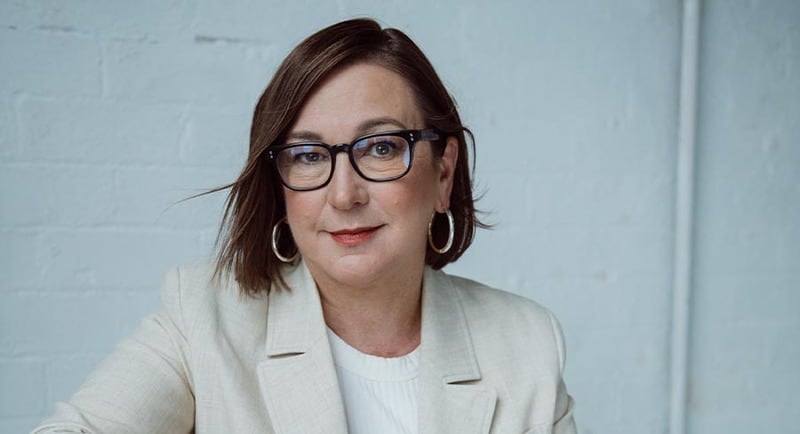Two days out from the federal election, the campaign might be coming to a close but the coverage still has a long way to go. Mediaweek spoke to Guardian Australia editor Lenore Taylor before Australians head to the polls and pick up a democracy sausage (or two).
Taylor says she and the Guardian Australia team put a lot of thought into the election coverage before it kicked off.
“We decided to emphasise issues-based reporting – issues that we think are important and that we think voters think are important. So the cost of living, climate, emergency, NDIS, services, health, education, those kinds of issues.
“The other thing we wanted to do was to lean into data projects, so people get straight facts and data. Also to lean into catch ups and things that explain the election for people.”
This year, Guardian Australia decided they wouldn’t send people on the buses for the majority of the campaign.
“People talk about the Canberra bubble, but the campaign bubble really is a thing,” says Taylor. “You’re in a group of journalists with all the advisors around and it spins its own narrative – a gotcha moment, a mistake. Those things are legitimate to report about, but so is the rental crisis, so is the NDIS, so is health and hospitals. We needed to portion resources so that we could deal with those issues as well.”
In the time since the 2019 election, Guardian Australia has established an audio visual department that Taylor says is key to reaching new readers and new listeners.
“If you go back about a year and a bit, we were doing a lot of journalism in areas that we thought were important, but we really didn’t have much of an audio visual presence at all. We did a big expansion last year, and one of the things we built on was an audiovisual department so that we could have different ways of delivering our journalism.
“We have the Full Story podcast, Katharine Murphy’s Australian Politics podcast. We have the Campaign Catchup podcast, and a couple of others now as well..”

It’s not just podcasts that the audio visual team have been tackling.
“We’re also trying to expand into YouTube and videos. We’ve got Matilda Boseley who does TikTok videos on voting 101s – What is preferential voting? How do you vote below the line? How do you enrol to vote?
“All of those audio and visual things delivered off-platform are ways of taking our same journalism and getting it to new people watching or listening, which I think is really important – because let’s face it, the next generation is going to get their news more and more from those places.”
During the campaign, Guardian Australia has been running a number of projects designed to bring readers the most up-to-date info ahead of the election.
In collaboration with Griffith University, Guardian Australia has launched a seat explorer, giving readers an electorate-by-electorate guide.
“It sounds standard, but they’ve helped us get a whole lot more data points than you normally would get. People can search their electorate and see how their electorate compares with other electorates across a whole range of data – demographics, mortgage stress, percentage born overseas. You can find out how your electorate fits with others, but you can also look at how electorates compare with one another.”
Also launching this year is the Pork-o-Meter.
“The Pork-o-Meter is super fun,” says Taylor. “I was so frustrated at the last election, the whole car parks thing happened after the event. I thought it’d be really good if we’d have known about that at the time.
“Politicians from both parties go out around the country and do these micro announcements, promising money – if only we had a way to pull them all together and see that picture in real time. Not just because of those electorates, but so that the poor suckers who live in safe electorates know what they’re not getting. So that was how the Pork-o-Meter was born.”

The last few years have seen concerns about misinformation skyrocketing. Taylor says that Guardian Australia has tackled the issue head on.
“There’s a whole lot of third parties who are tracking misinformation including QUT, the Judith Nielsen Institute, and the RMIT fact check. We do it ourselves as well, but our data team is in touch with them and getting alerts from them. They’ve got specific methodologies to watch how misinformation spreads and can track it back to where it comes from.”
As election day looms, Taylor says that there are a number of key issues that are resonating with readers of Guardian Australia.
“We have a big series on rental affordability and the renting prices, and those stories are going incredibly well, that obviously hits a nerve with a lot of our readers. Similarly, housing affordability, and as always with Guardian readers, the climate emergency.
“I think people are very disappointed with a debate without any substance to it, so when Adam Morton, or Graham Readfearn, or our political editor Katharine Murphy really drill down into the facts and explain precisely what is or isn’t going on, those stories always go really well.”
